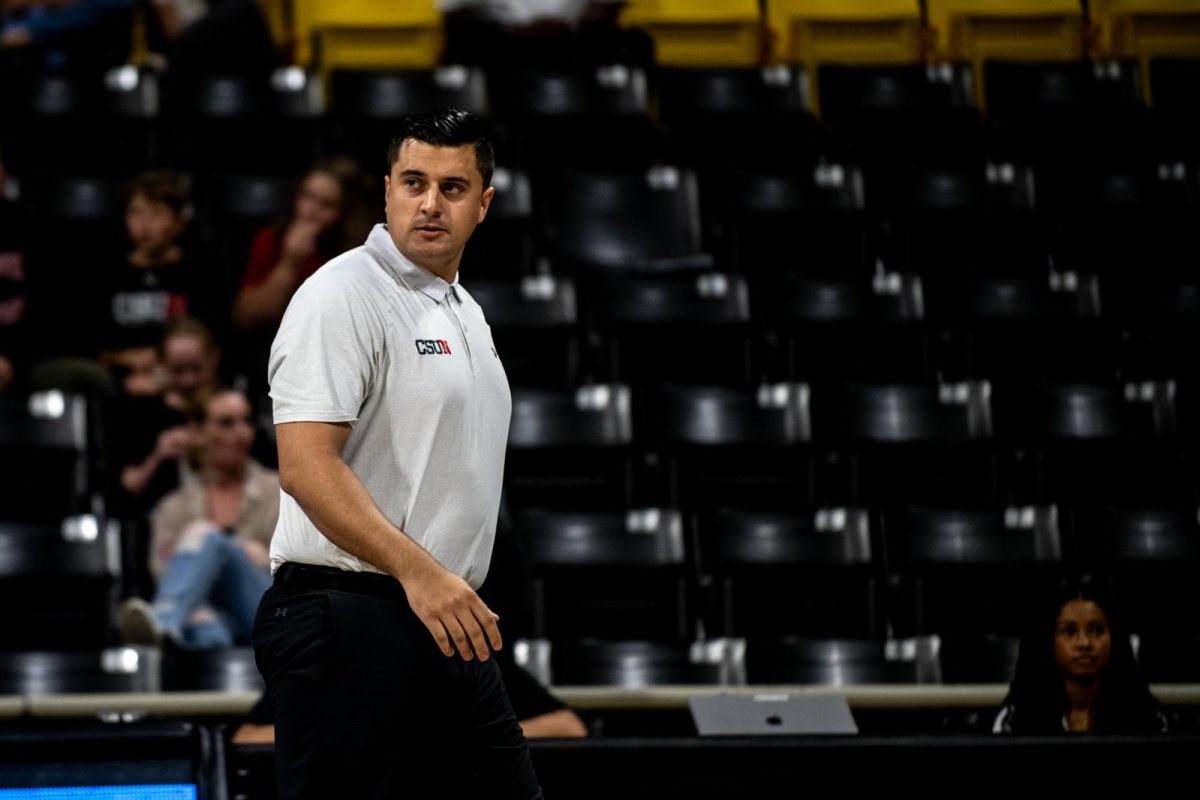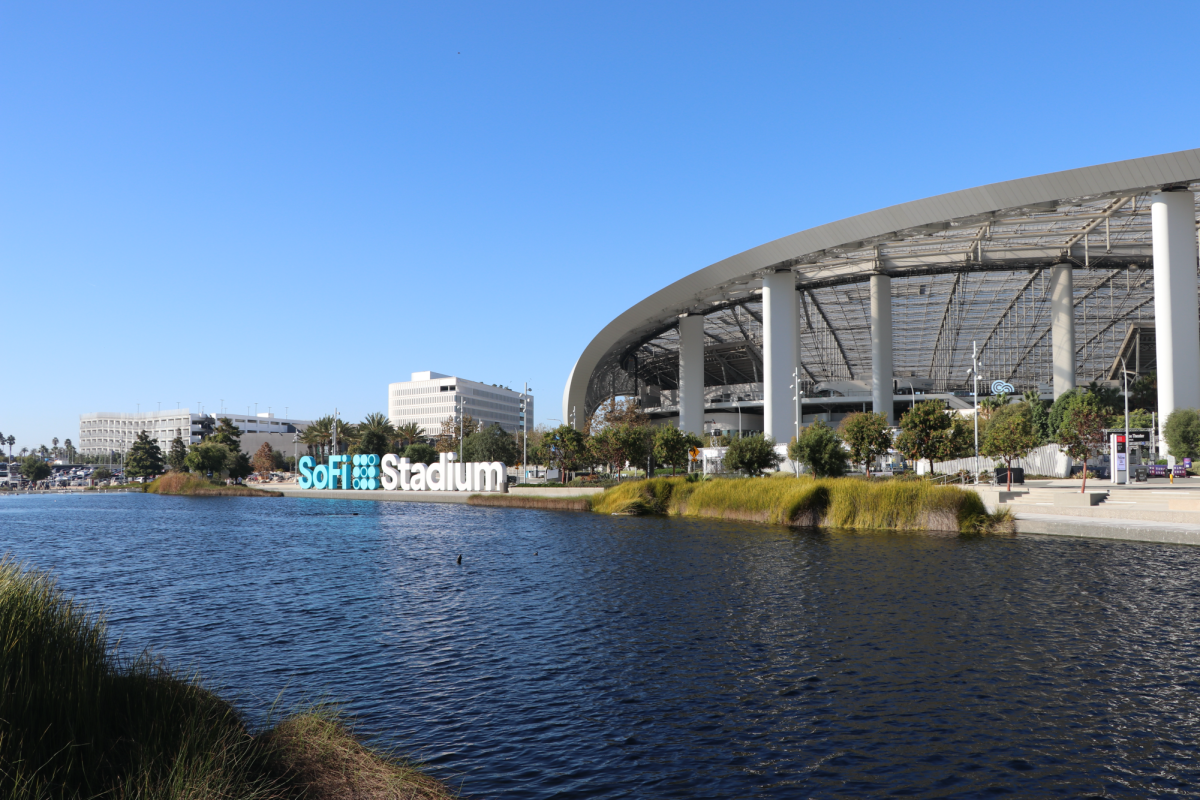Ah, the smell of exhaust, the sound of throaty V6 engines, the sight of fresh tire marks on pristine roads.
Yes, race fans, the 2014 season of Formula one has finally begun and the Australians got it first this weekend in Melbourne. But all was not roses and revs as problems with the cars plagued every team. Let’s take a look at how the first race of the first season with all of the new regulations carried on.
Practice:
For most of the teams, who had been experiencing reliability problems with their cars since the regulations shakeup, the practice sessions acted more like extended testing sessions. Even with the teams trying their hardest to shake out the bugs, some drivers certainly had more time on the track than others. During the first 90-minute practice session, Sebastian Vettel (Red Bull) was unable to get on the track until the last half hour.
Even by Saturday, reliability still plagued the teams as neither Romain Grosjean (Lotus), Esteban Gutierrez (Sauber), nor Valtteri Bottas (Williams) were able to complete a single lap during P3. Gutierrez and Bottas were also dropped five places on the grid due to gearbox changes. Lotus was hit the hardest with the least number of practice laps (33) following a terrible winter season of testing.
Qualifying:
While cloudy skies loomed overhead, the drivers pushed as hard as they could during the early qualifying sessions while still learning their cars just in case the rain began coming down before Q3 arrived. With so much new torque and power, combined with decreased downforce and the new brake-by-wire system, the drivers were struggling to learn their cars and reign in their twitchiness. Even Sebastian Vettel, hoping to win for the fifth consecutive season, nudged the wall during Q1.
By Q2, however, the clouds broke and it was out with the slick tires and in with the intermediates and full wets. With the cars producing jet-ski-worthy plumes in their wakes, Kimi Raikkonen (Ferrari) crashed on turn three, spinning out on the track from the sheer torque of the car and Vettel failed to qualify for Q3 for the first time since Belgium 2012. In the final qualifying session, with a soaking wet track and no dry line, Lewis Hamilton (Mercedes) stole the pole position from Daniel Riccairdo (Red Bull) in the last moments.
Race Day:
The start of the race was filled with drama as more difficulties presented themselves. Max Chilton’s (Marussia) car stalled during the formation lap and, soon after, the first start had to be aborted when Jules Bianchi’s sister car stalled at the start. The race was shortened by a lap as the two cars were moved to start from pit lane. Polesitter Lewis Hamilton’s start was sluggish at best and was quickly overtaken by Ricciardo and Nico Rosberg (Mercedes) and, by lap three, was forced to retire from the race. It was later revealed that the cause of his slow performance was a misfiring cylinder.
On the first corner of the first lap, a “brake system issue” caused Kamui Kobayashi (Caterham) to crash into Filipe Massa’s (Williams) Number 19 car, taking both of them out of the race.
“Sorry to Felipe but was not my mistake,” Kobayashi tweeted after the race.
After several more faults, forcing Grosjean, Maldonado, Ericsson and Vettel to retire from the race, concluded with Rosberg taking the win. Ricciardo had initially taken second (with Magnussen following), but was disqualified after the Fédération Internationale de l’Automobile ruled that his car exceeded the maximum permitted fuel flow rate, a ruling that team Red Bull plans to appeal.
With so many problems plaguing the inaugural race of the season, one can only hope that all of the teams will take the next nine days to hone their cars before race weekend number two begins in Kuala Lumpur.





